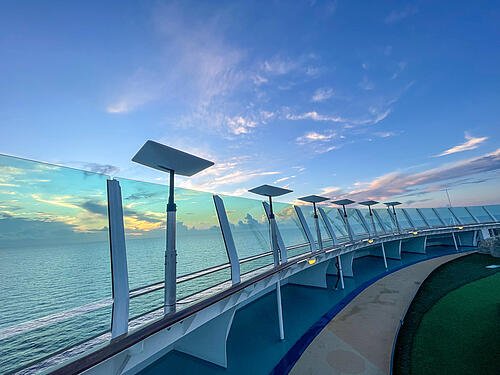Starlink, Starship and ESA troubles
April 20, 2023
By Chris Forrester

SpaceX launched 21 of its larger Starlink V2 Mini satellites into orbit on April 19. SpaceX has also confirmed that it will make a second attempt to launch its massive Starship rocket later today (April 20th).
However, the world’s major rocket suppliers – and their key clients – are discovering that Elon Musk’s rocket business is increasingly the only game in town if they want to launch military, scientific or commercial satellites into space.
Eric Burger, a well-known observer of all things space-related, has provided a useful status report on the world’s major rocket launch companies. He sums up the current position, saying:
· Atlas V rocket is “sold out”
· Delta IV rocket has just two left
· ULA’s Vulcan has no capacity
· Ariane 5 has one rocket left
· Ariane 6 very much delayed
· India’s LVM-3 is slowly scaling up
· Japan’s H3 filed on debut flight
· Musk’s Falcon 9 has unlimited capacity
Burger’s summary doesn’t include the Russian Proton and Soyuz rockets which are no longer available to ‘Western’ clients because of the Ukraine war. Also not included is the Jeff Bezos-backed Blue Origin fleet which have taken longer in development and are not seen as making a contribution for some time. Indeed, the Bezos-backed Amazon Project Kuiper super-constellation of satellites has ordered flights on Ariane 6, the ULA’s Vulcan Centaur and SpaceX rockets to get its mission into space.
Meanwhile, Musk’s SpaceX rockets are flying multiple missions per month for its clients and its own Starlink missions. SpaceX is helped hugely by the reusability of the rocket’s most expensive elements (booster, fairings, etc) and has demonstrated its ability to land and speedily re-use its rocket fleet.
The position with the European Space Agency’s (ESA) powerful – and potentially reusable Ariane 6 rocket – is simply catastrophic. It has now been in development for close on 10 years and is not expected to make its debut flight until this coming winter. By any measure it is taking very clow progress to the launch pad and the costs, admitted to be close to €4 billion, are significant with the meter still running.
ESA’s DG Josef Aschbacher has admitted that a “late 2023” test flight is by no means certain. “With a project of this magnitude, it needs to be clear that this is a planned date and that the programme will still need to successfully and timely achieve a number of key milestones in order for this schedule to be valid,” he said in October 2022.
The Ariane 6 delays, when added to the US challenges over its Atlas/Delta shortages and the combined United Launch Alliance’s (ULA) new Vulcan rocket have combined to create this shortage of launch capacity.
